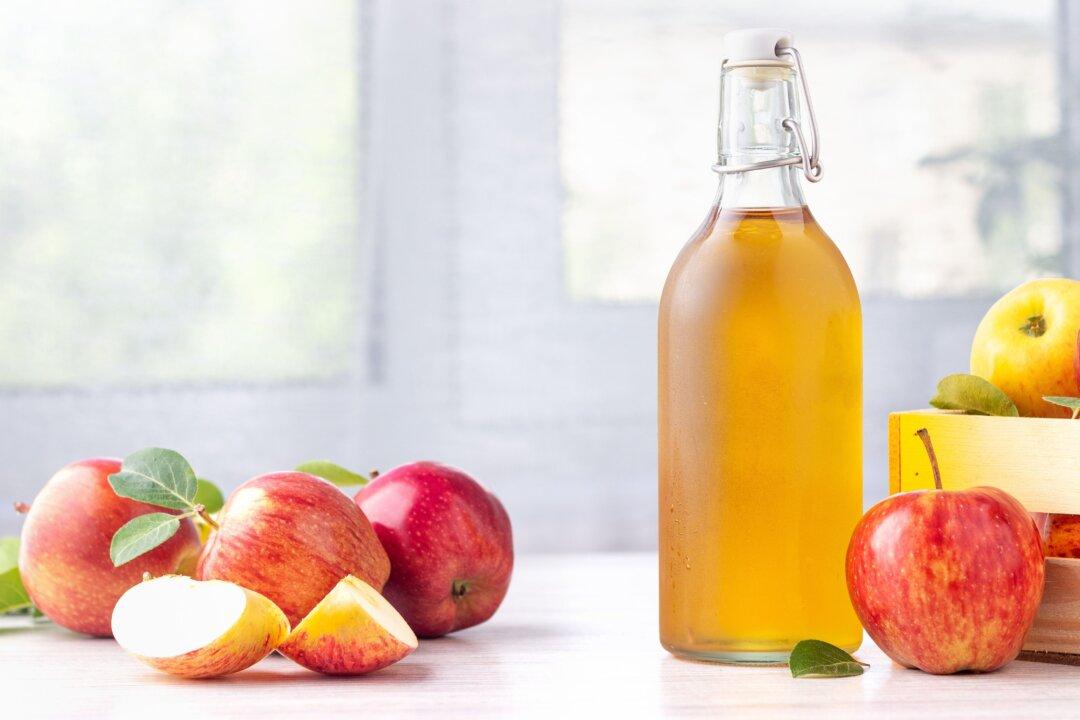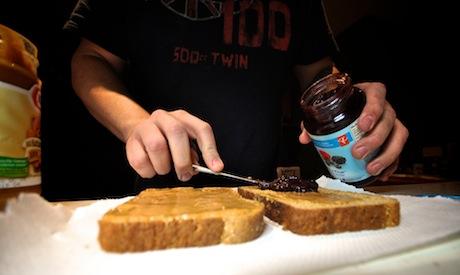The Starbucks Pumpkin Spice Latte rivals college football and Halloween ads as a commercial sign of the season, even if the weather is still breaking 90 degrees F in my native South Carolina. The lattes rank among the most popular seasonal beverages, in fact, the mega-chain has sold 200 million to date. But what’s really in this famous fall treat and what’s not (namely any pumpkin whatsoever!)?
Vani Hari, a.k.a. the Food Babe, used her investigative magic to find out what’s really in Starbucks Pumpkin Spice Latte, and according to her, it’s not pretty. While she couldn’t get a clear answer from Starbucks as to whether the latte actually contained high fructose corn syrup, it is clear the beverage does contain 49 grams of sugar (for the Grande Pumpkin Spice Latte).
Read more about coffee and your health
Here are some other questionable ingredients:
- Caramel Coloring
Caramel coloring is commonly known as the brown color in soda that’s produced by reacting sugars with ammonia and sulfites under high temperatures. These high temperatures produce 2-methylimidazole and 4-methylimidazole, which were found in a recent National Toxicology Program study to be human carcinogens.
- Carrageenan
Derived from red seaweed and used to improve food texture, studies have linked carrageenan to gastrointestinal problems and cancer.
- Artificial Flavors
Artificial flavors contain various chemicals made to cheaply mimic the flavor of things like pumpkin. It’s a blanket term that means a product could include one or 100 unnatural additives.
- Potassium Sorbate
Potassium sorbate is a preservative linked to allergic reactions like nausea, diarrhea, and DNA damage. - Sulfites
Sulfites are a group of preservatives commonly used in beverages that may cause headaches, behavioral problems, bowel irritability, skin rashes, and other symptoms.
Read more about the worst ingredients in food
Bottom line--there’s a lot more to your seasonal beverage than pumpkin spice, expresso, and milk. Not sure it’s the best way to celebrate the season. If you’re looking for a healthier option try this recipe for an organic pumpkin spice latte (that actually contains pumpkin!).
This article was originally published on www.NaturallySavvy.com.





